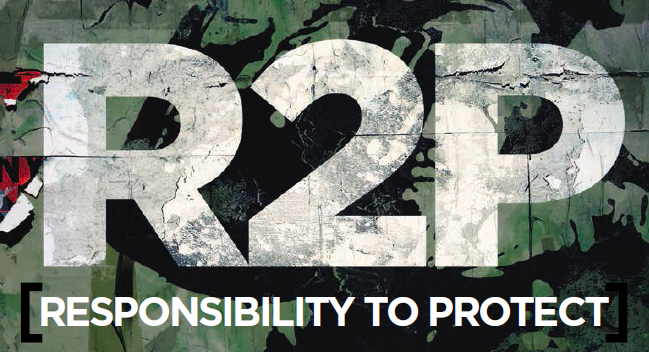Evolving Responsibility to Protect Perspective of China and Implications on Indo-Pacific
Responsibility to Protect (R2P), as a norm redefining sovereignty as responsibility of states, gives a responsibility to international community, if a state cannot fulfill its duties. Since the adoption of the R2P norm at the 2005 World Summit, China's constantly changing stance towards this norm has placed China in a position where it did not reject the norm but also cannot embrace it as much as Western countries. Today, China is trying to change the norm by shifting its stance towards a framework focused on state sovereignty and development. While this transformation reinforces China’s long-standing "sovereignty-first" and “non-interference” foreign policy approach and produces strategic consequences in the Indo-Pacific region, it also contributes greatly to China's long-standing discourse of seeking an alternative order.
From Sovereignty-Focused Skepticism" To "Active Norm Shaper"
The 1973 Resolution adopted in the UNSC, in which China abstained, the Libya intervention in 2011 and the resulting overthrow of Muammar Qaddafi and regime change are the breaking points in China's transformation process. China, which already has reservations about the R2P norm, has stressed its concerns that the West could use R2P in Libya as a tool for sovereignty violations. For China, Western countries want to change global structures to obscure the line between intervention and regime change. After the regime change in Libya, China directly showed these views in its November 2011 statements emphasizing that China is against actions that are presented as protecting civilians and aiming for regime change, and against any misinterpretation of a resolution by a party. Moreover, during the Syrian civil war, China stood behind this view in the United Nations Security Council used multiple veto votes and emphasized its non-interference approach.
It is important to note that China does not reject the R2P norm entirely but trying to bring the traditional sovereignty understanding. Instead, it redefines three-pillar structure, advocating that the priority is not regime overthrow, but rather ensuring economic and political continuity and protecting civilians by the stability. China emphasizes the government's sovereignty, assigning primary responsibility to the government; advocating that the international community will establish preventative measures, but that aid requires government approval.
Strategical Conclusions
China as actively norm-shaper, also supports its “responsible stakeholder” discourse in the global sphere as well as contributing actively engaging in the Security Council. The new configurations of norms are a clear demonstration by China that it not only criticizes the existing order but also possesses the power, will and capacity to transform it as a "responsible power." Without completely rejecting existing norms, but with instrumentalizing them, Beijing is injecting its own values into these norms within its new understanding of the world. Putting emphasis on development, sovereignty, and regime security rather than human rights and intervention is another layer as an alternative source of normative leadership. This makes China an alternative, not a counterforce, to the Western vision of liberal interventionism.
China both provides historical legitimacy by placing its past “century of humiliation” experience behind the rhetoric of regime change and anti-interventionism and opposes the Western-led system by pointing to the problems China has experienced in the modern world and examples such as Libya and Syria creating also a strategical point for Indo-Pacific and Global South. With the message of "respect for sovereignty" given to ASEAN countries and the financial support and visions provided within the scope of the Belt and Road Initiative, the region is being removed from a Western-led worldview and a new "Asia-centered, Asia-valued" region is being created. The current situation of ASEAN countries and their active sovereignty discourse, combined with China's approach to regional security provided by stability and state sovereignty, means that China might receive the support it desires in the region and increase its diplomatic mobility. In addition, this approach has been expressed alongside many countries that are experiencing government stability or regime problems, and it carries the possibility of gaining their support.
R2P is just one of many norms in international relations, but the process of its transformation for China serves to emphasize policies like "non-interference" and "sovereignty first," which comes from its history, while slowly eroding the existing international system. The way it shapes R2P discourse is one of the best examples of how China is reshaping its current politics and global structure and how China is using the soft power. While doing this, China layers the power competition in Indo-Pacific with a normative one.
Author Bio
Mısra Türemen is a graduate student at the University of Bologna, currently interning at IPSC. Her research interest is examining Chinese domestic and foreign policy, discourses, perception management and their effects.


